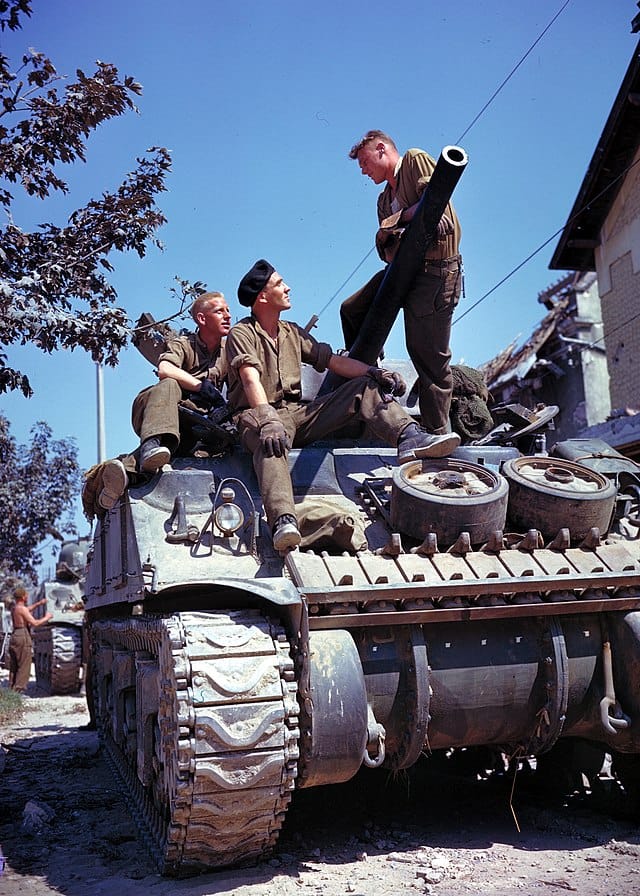Army’s next-gen C2 contract addresses R&D barriers

The US Army is shaping its Next Generation Command and Control (NGC2) contract to replace legacy approaches with faster, more flexible methods of data-sharing on the battlefield. In a departure from past attempts that tried to build off older systems, Army leaders told *DefenseScoop* they are focusing on software-based architectures driven by direct industry input and senior-level support, ensuring quicker adoption of new technologies.
Avoiding the infamous “valley of death”—where promising prototypes never reach production—requires more than just close industry collaboration. Army officials say the key is a new mindset: They’re ditching lockstep processes and embracing iterative prototyping. This includes releasing “characteristics of need” rather than rigid requirements, updating them roughly every ninety days based on real-world tests like Project Convergence. It also involves structuring contracts to on-ramp or off-ramp vendors quickly. According to Brig. Gen. Kevin Chaney, deputy program executive officer for command, control, communications and network, the Army is focusing on “minimal viable product” deliveries to field technology faster and then improve it continuously. Funding will shift from outdated efforts to prioritize NGC2, a move that Lt. Gen. Karl Gingrich said will begin showing up in the Army’s budget around fiscal 2026.
Under this plan, Army Futures Command acts as the product owner, charting the NGC2 roadmap while the program manager rapidly delivers capabilities to units at both brigade and division levels. This strategy departs from traditional two-year network upgrade cycles. Army officials cite the collaborative “trail boss” concept—an enterprise-wide integration team—as vital for scaling NGC2 across multiple platforms without introducing bottlenecks.
Defense experts note some details remain in flux, including how many contracts will be awarded and who will serve as the overarching integrator. But with senior Army endorsement, real-world experimentation already underway, and a flexible contracting model, leaders say NGC2 is poised to modernize command and control faster than ever before.




Comments ()